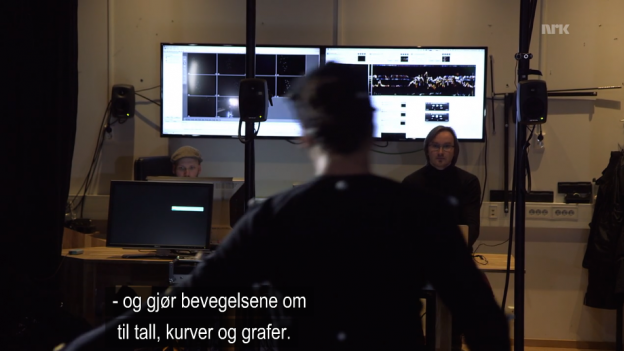
From Basic Music Research to Medical Tool
The Research Council of Norway is evaluating the research being done in the humanities these days, and all institutions were given the task to submit cases of how societal impact. Obviously, basic research is per definition not aiming at societal impact in the short run, and my research definitely falls into category.Still it is interesting to see that some of my basic research is, indeed, on the verge of making a societal impact in the sense that policy makers like to think about....